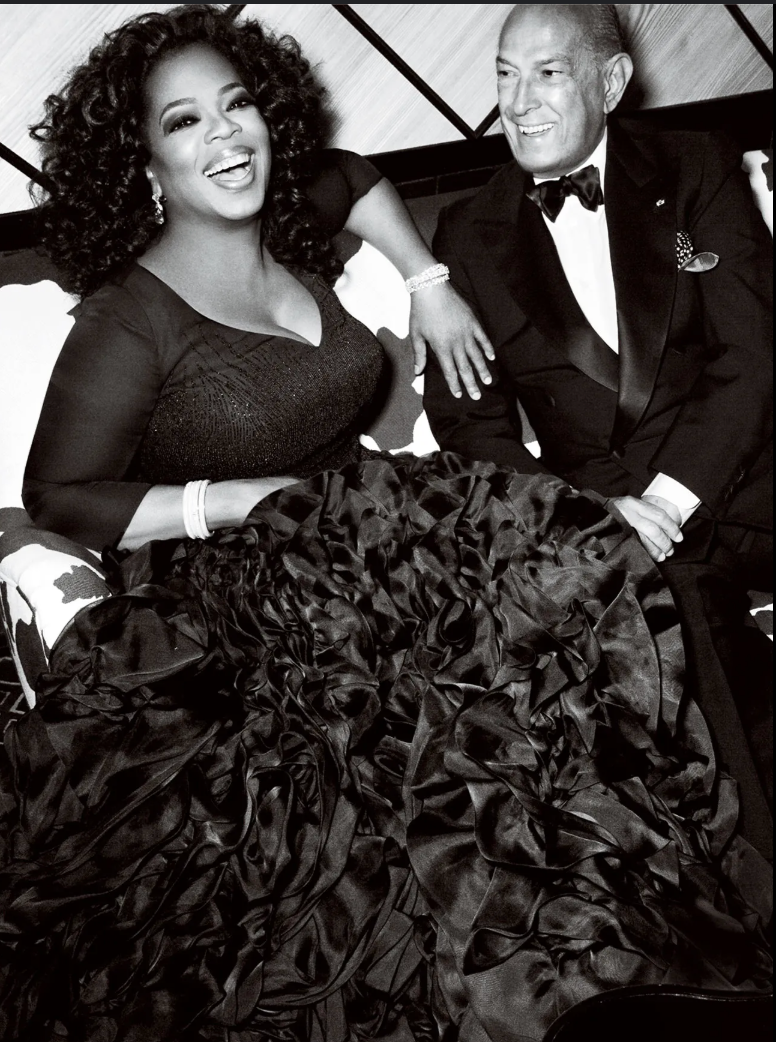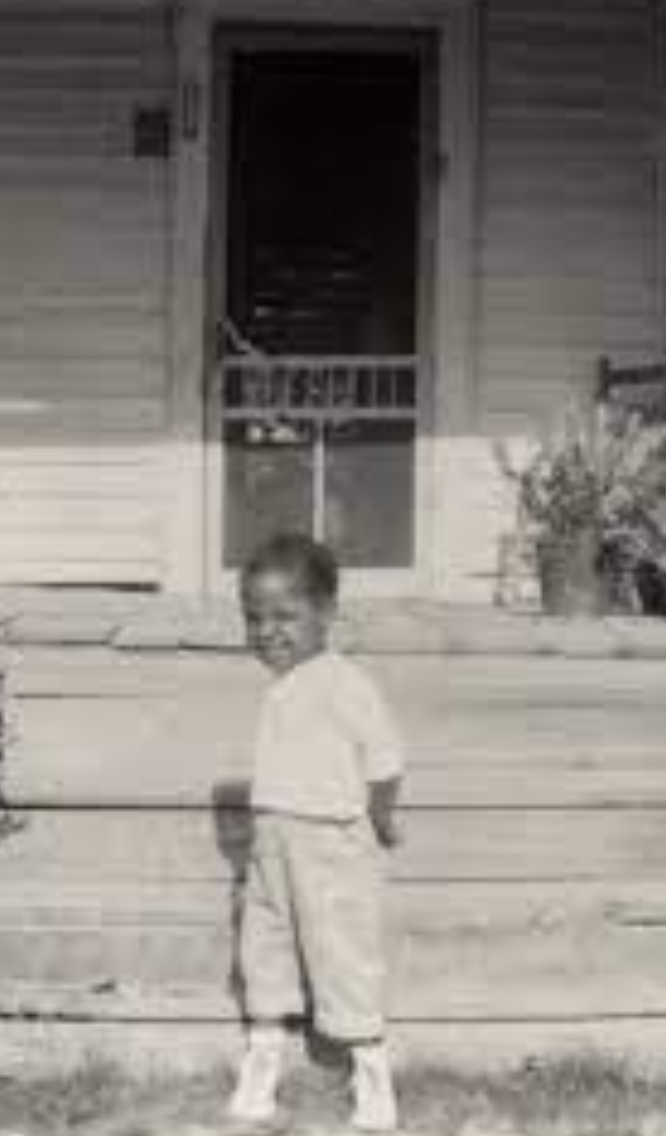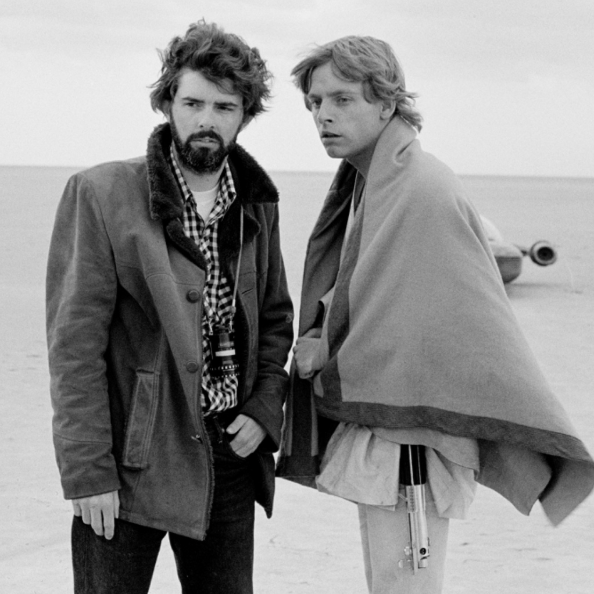- POPfluencer
- Mar 13
- 2 min read
Learn The True Cheat Code To Life By Artificial Intelligence!
Success in life isn’t built on shortcuts, but there are "cheat codes"—universal principles that can accelerate progress, minimize failure, and maximize potential. Here are some of the most powerful ones:
Mindset & Mental Resilience
Extreme Ownership – Take full responsibility for everything in your life. No excuses, just adjustments.
Growth Mindset – View failures as lessons, not setbacks. Adapt, learn, and keep moving.
Delayed Gratification – Success compounds. Sacrifice now, reap later.
80/20 Rule (Pareto Principle) – 80% of results come from 20% of efforts. Focus on what truly moves the needle.
Execution & Productivity
Relentless Consistency – Small daily actions beat occasional big moves. Show up even when you don’t feel like it.
High-Leverage Actions – Work on things that scale, not just in them. Think automation, delegation, and impact.
Speed & Imperfect Action – Get started before you're ready. Adjust as you go. Perfectionism kills momentum.
Deep Work (Focus) – Block distractions. Work in intense, undistracted sprints. What you do in 2 focused hours beats 8 scattered ones.
Networking & Influence
Proximity is Power – Surround yourself with high achievers. Your environment dictates your growth.
Give More Than You Take – Provide value before asking. Relationships built on generosity last.
Learn to Sell & Persuade – Success often depends on how well you communicate and convince others.
Be So Good They Can’t Ignore You – Master your craft. Excellence is a magnet for opportunity.
Wealth & Financial Growth
Earn, Save, Invest, Repeat – Income alone won’t make you rich. Multiply it through smart investments.
Own, Don’t Just Work – Leverage assets, businesses, or intellectual property that generate wealth.
Avoid Lifestyle Inflation – Upgrade your assets before your luxuries.
Multiple Income Streams – Don’t rely on one paycheck. Build multiple revenue sources.
Health & Energy
Move Daily – Energy = productivity. Prioritize health to sustain long-term success.
Sleep & Recovery Are Superpowers – Poor sleep = bad decisions. Protect your mental and physical energy.
Mental Diet > Physical Diet – What you consume mentally (content, people, habits) shapes your reality.
Spiritual & Legacy Thinking
Play the Long Game – Focus on impact over instant wins. Legacy > Temporary Success.
Faith in Self & The Bigger Picture – Whether spiritual or self-belief, an unshakable core fuels resilience.
Help Others Win – The greatest wealth is in empowering others.
Which of these resonates with you the most? Or do you want a deeper breakdown on a specific area? 🚀




































































































%20NEW-03.png)







